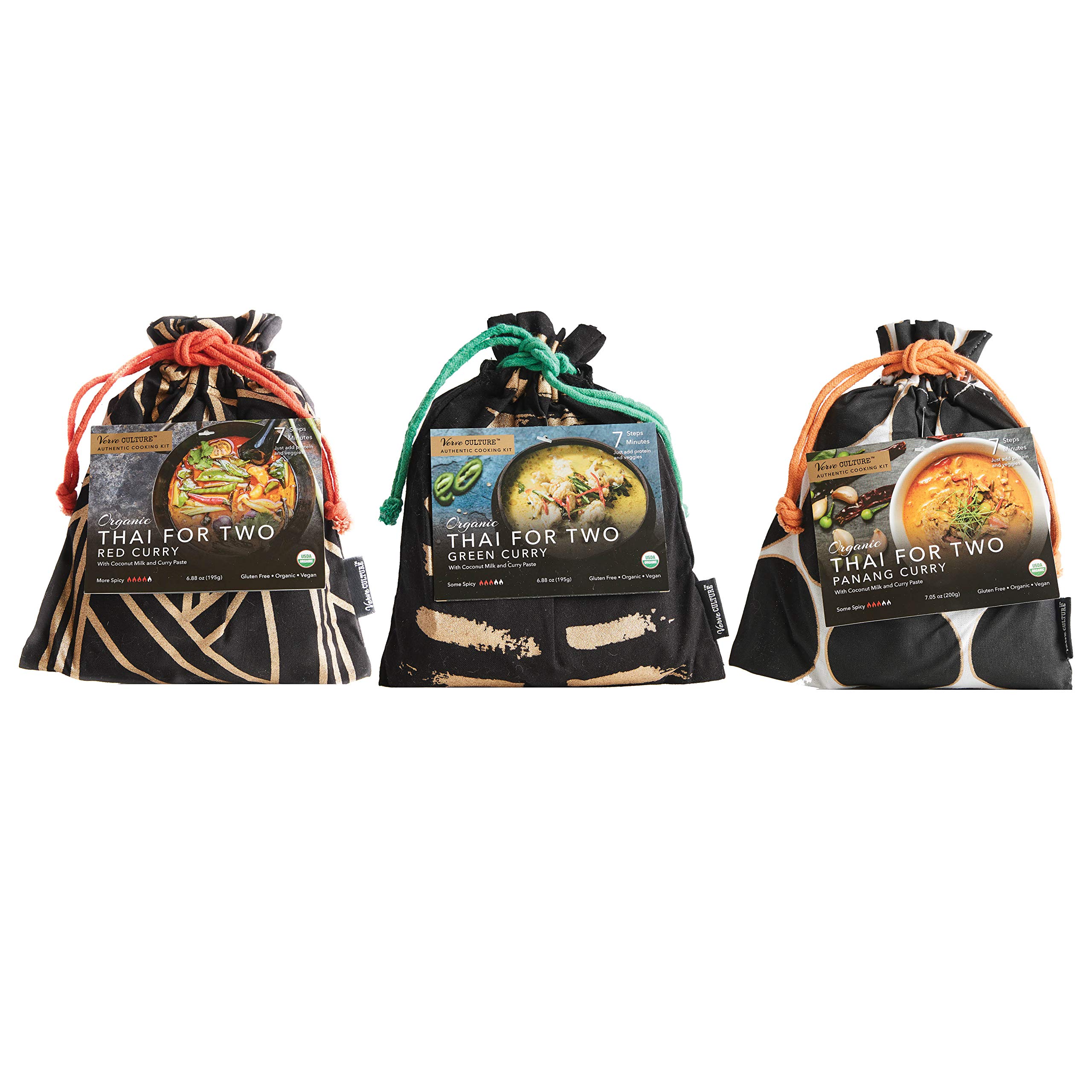Indian and Thai cuisines are renowned for their complex combinations of spices and heat. Indian cuisine is known for its use of spices such as cumin, coriander, and turmeric, while Thai cuisine includes lemongrass, galangal, and kaffir lime leaves. Indian cuisine is typically spicier, while Thai cuisine has a more moderate approach to heat and incorporates sweetness and sourness to balance the flavors. Indian cuisine commonly features lentils and chickpeas and uses curry pastes, while Thai cuisine often includes seafood, meats, and vegetables and uses coconut milk and fish sauce. Both cuisines offer a diverse range of ingredients and techniques, making them exciting options for any food lover.
Indian vs. Thai Cuisine: Discovering the Spices and Heat of Two Cultures
Introduction
Indian and Thai cuisines are both world-renowned for their complex combinations of spices and heat. Both countries have a rich culinary history, and their dishes have become increasingly popular around the globe. While some of the ingredients and techniques are similar, there are several distinct differences between the two cuisines that make each one unique.
Flavors and Spices
One of the most significant differences between Indian and Thai cuisine is the type of spices used.
Indian Cuisine
Indian cuisine is known for its intricate use of spices such as cumin, coriander, turmeric, cardamom, and cinnamon. These spices are used to create the distinct flavors that are common in Indian dishes. Many Indian dishes also incorporate a blend of spices known as garam masala, which is made up of black pepper, cloves, nutmeg, and other spices.
Thai Cuisine
Thai cuisine, on the other hand, relies on a different set of spices to create its unique flavors. Thai dishes typically include ingredients such as lemongrass, galangal, kaffir lime leaves, and Thai basil. These ingredients give Thai food its citrusy, herbal, and slightly sweet flavors.
Heat and Spice Level
Another noticeable difference between Indian and Thai cuisine is their approach to heat and spice level.
Indian Cuisine
Indian cuisine is known for its fiery spiciness, with many dishes featuring chili peppers or a blend of spices that make the dish quite hot. However, not all Indian dishes are incredibly spicy, and many dishes can be toned down or made milder according to the diner’s taste preference.
Thai Cuisine
Thai cuisine, on the other hand, has a more moderate approach to heat. Many dishes include chili peppers, but the amount used is usually less than in Indian cuisine. Thai dishes also incorporate sweetness and sourness to balance out the heat, creating a well-rounded flavor profile.
Ingredients and Techniques
While some ingredients and techniques are shared between the two cuisines, there are several distinct differences to note.
Indian Cuisine
Indian cuisine often incorporates lentils, chickpeas, and beans into their dishes, making them high in protein and suitable for vegetarian or vegan diets. Many Indian dishes also feature a type of flatbread called naan, which is baked in a clay oven called a tandoor. Another distinctive feature of Indian cuisine is the use of a spice paste called curry paste. These curry pastes are often made with a blend of spices, ginger, garlic, and onions.
Thai Cuisine
Thai cuisine often includes seafood, meats, and vegetables in their dishes, making them suitable for a wide range of diets. Common ingredients used in Thai cuisine include coconut milk, fish sauce, and palm sugar. Thai dishes also frequently feature a type of rice called jasmine rice, which is fluffy and aromatic. Thai food is known for its bold and contrasting flavors, often featuring a balance of salty, spicy, sweet, and sour.
Conclusion
While there are some similarities between Indian and Thai cuisine, there are several distinct differences to note. Indian cuisine is known for its spice blends and fiery heat, while Thai cuisine is known for its balance of flavors and moderate spice level. Both cuisines incorporate a diverse range of ingredients and techniques, making them exciting and delicious options for any food-lover.
